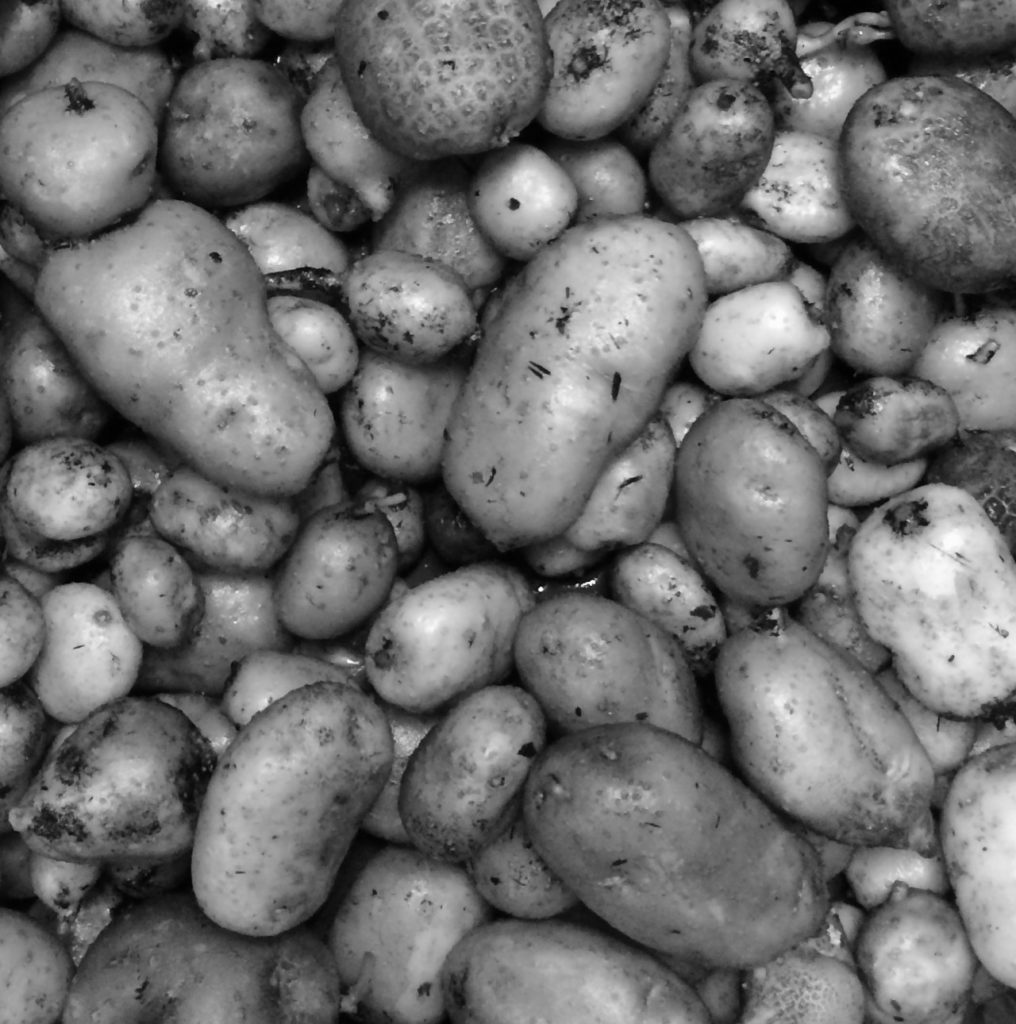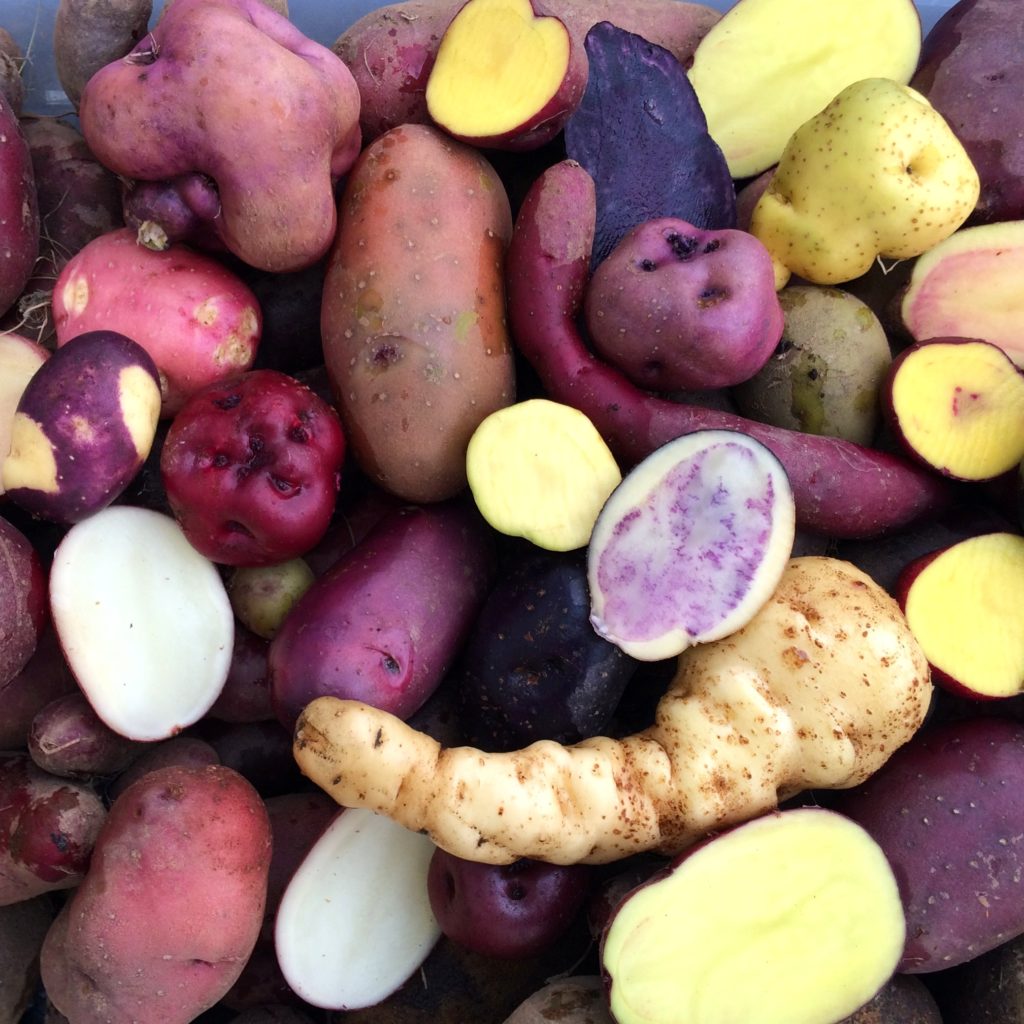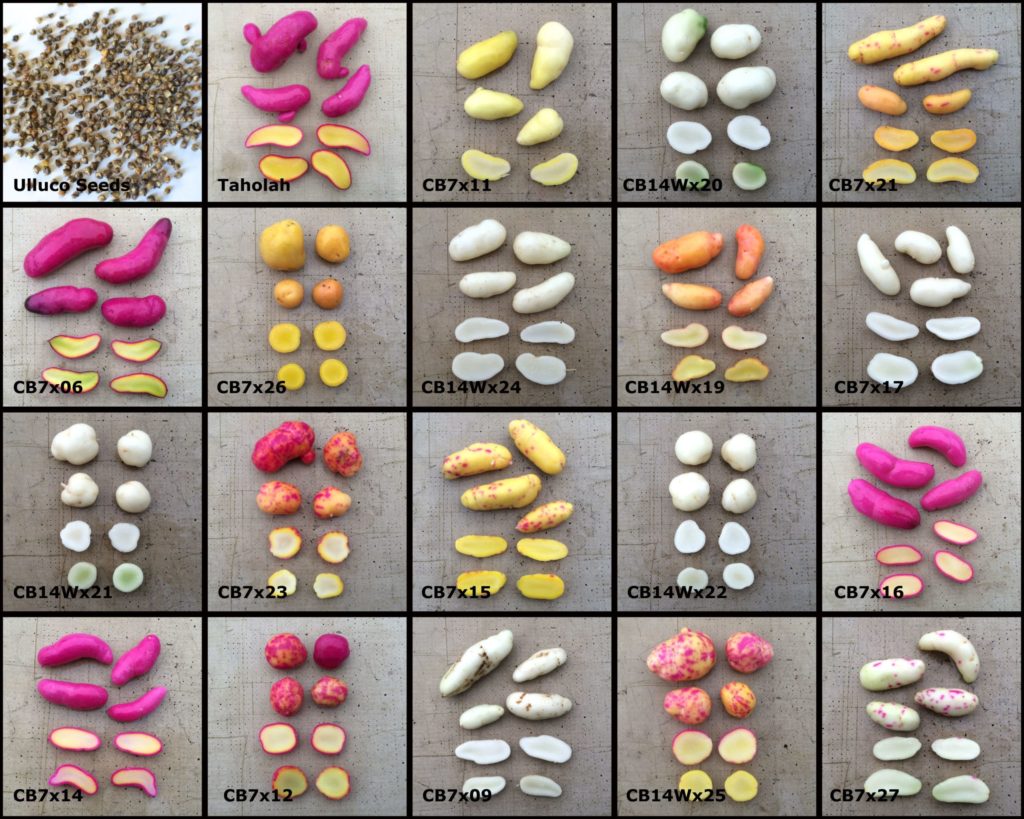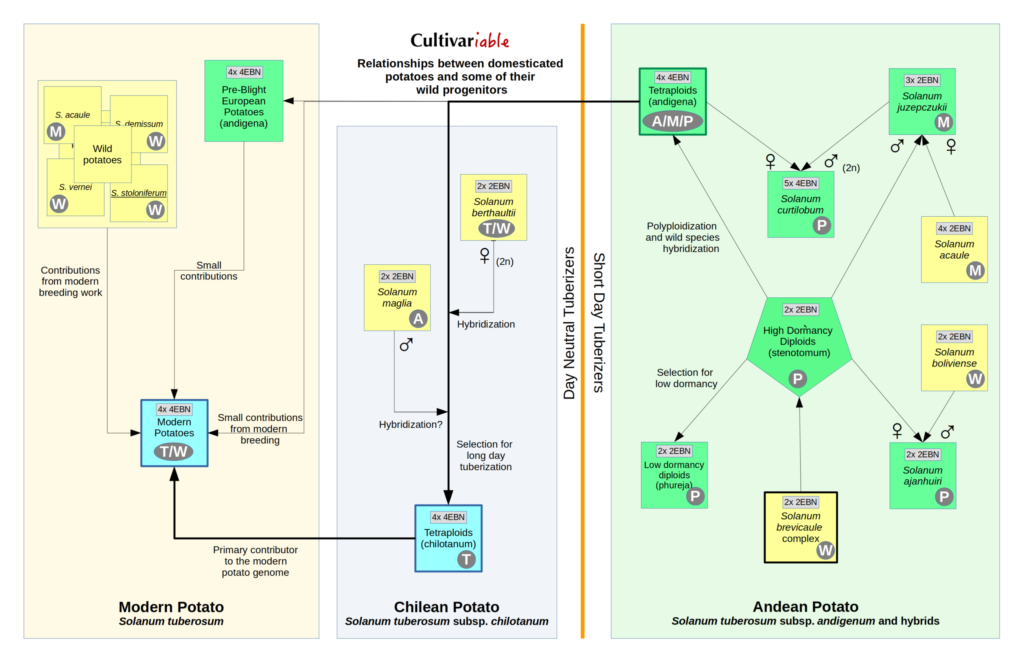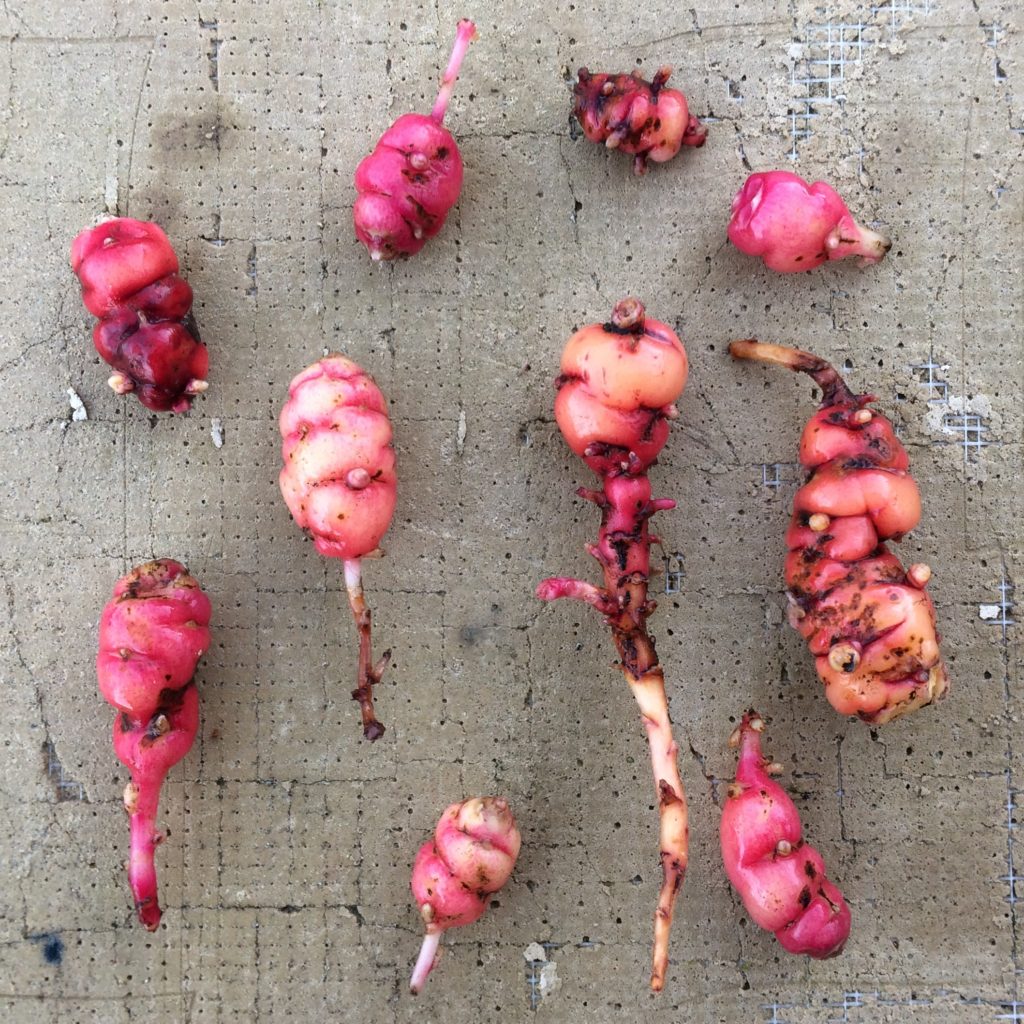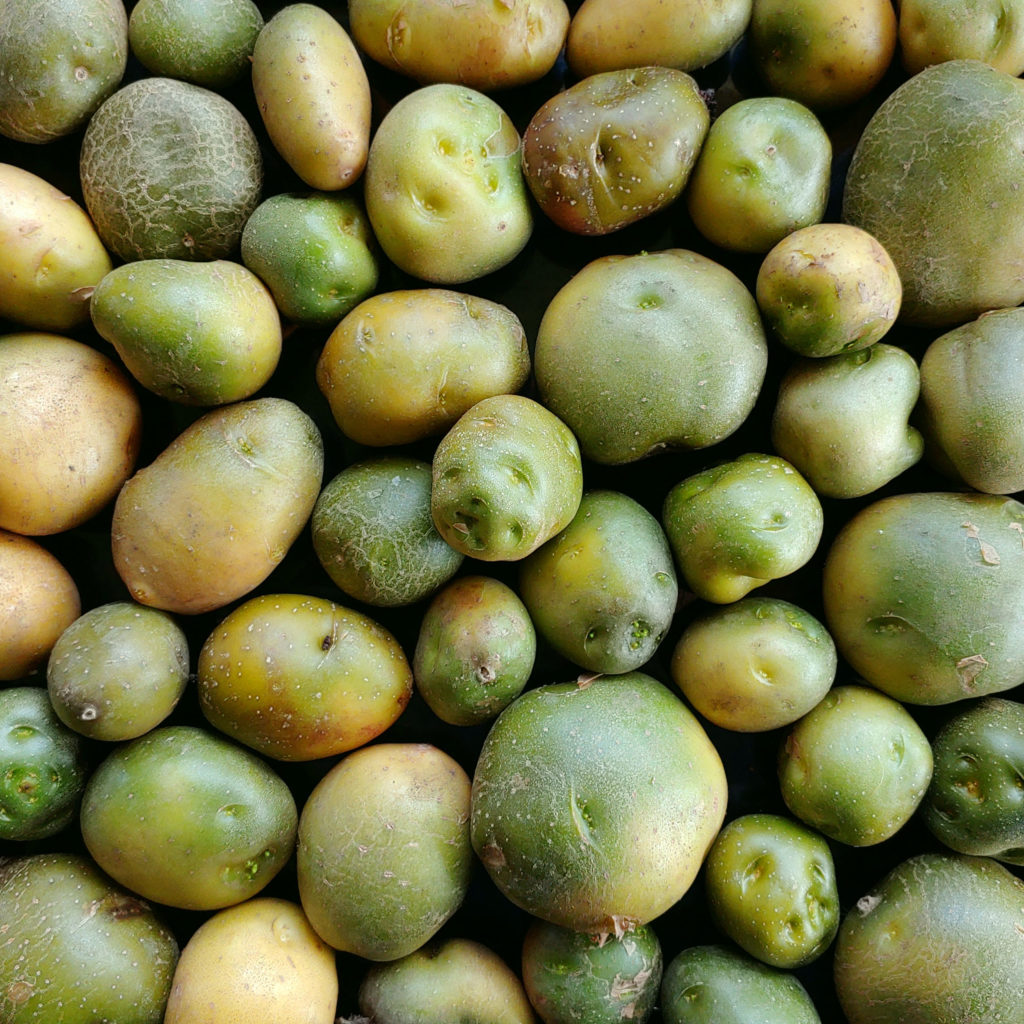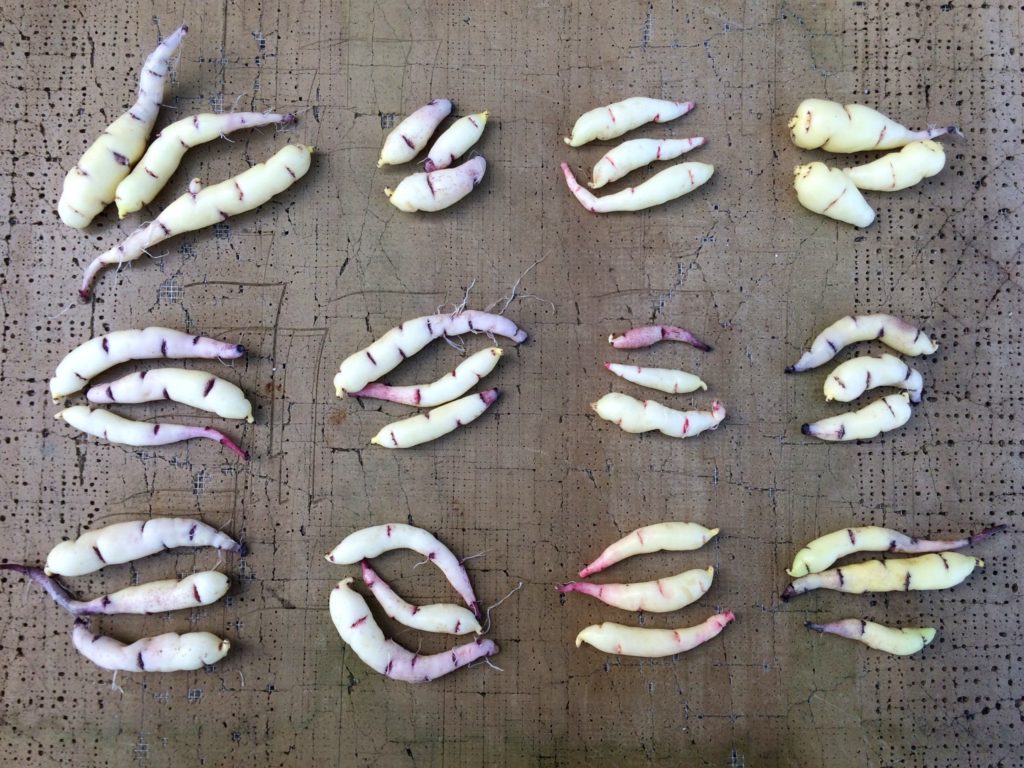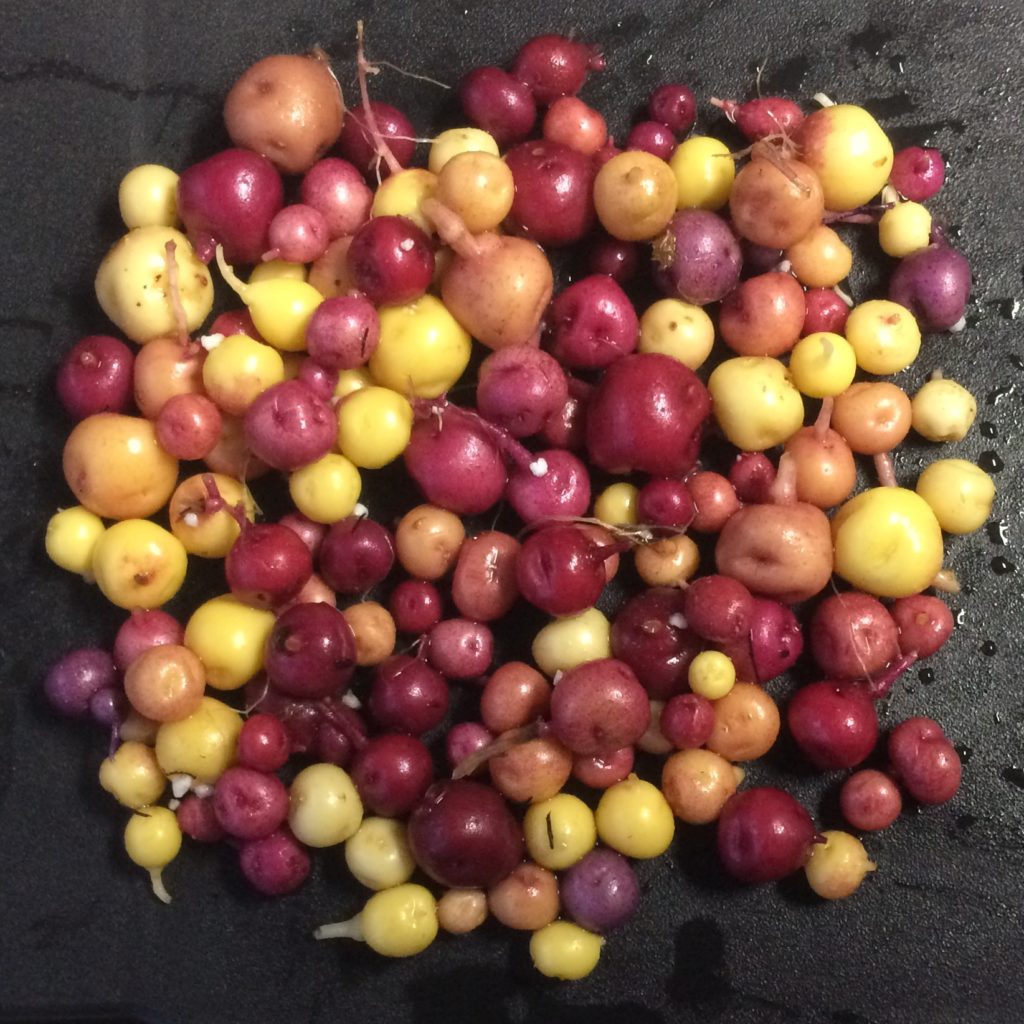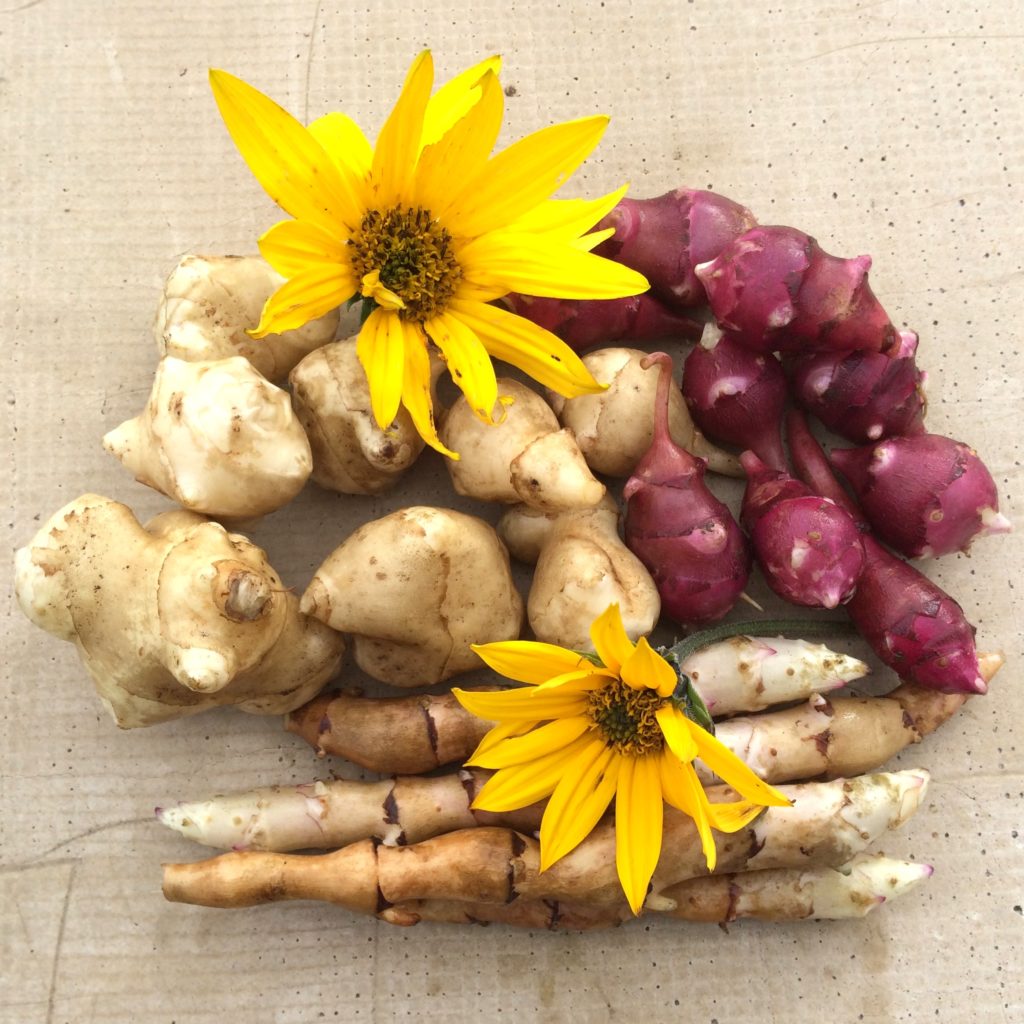No products in the cart.
This post is not really meant to be read start to finish. The intent is that it will be picked up by search engines so that breeders and researchers working with these accessions in the future can find this information. We use accessions supplied by the USDA in some of our breeding work. This report […]

